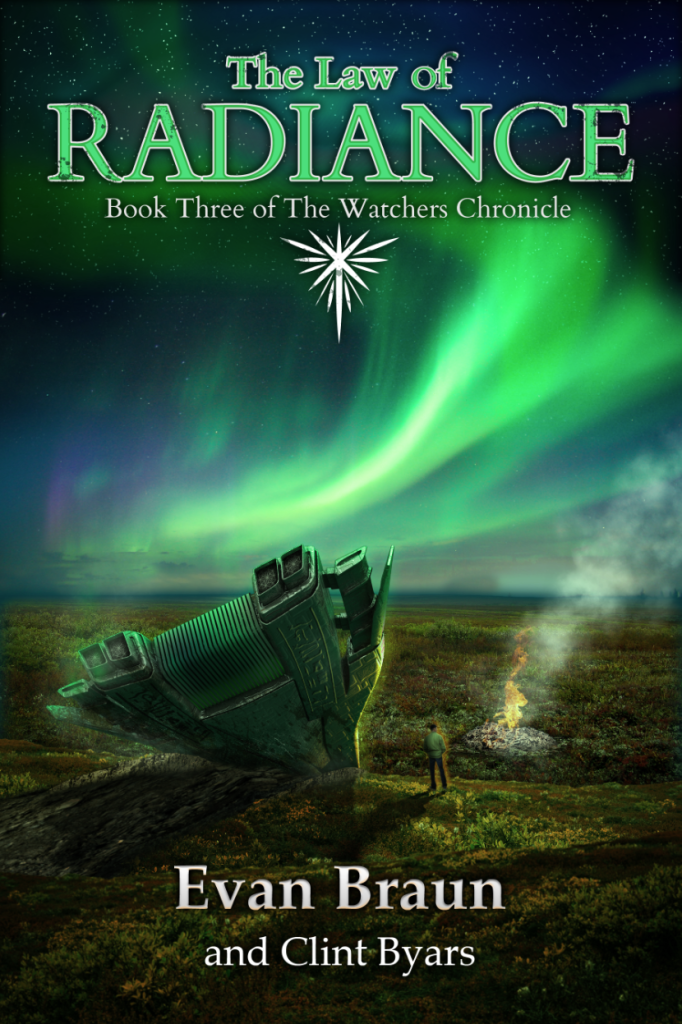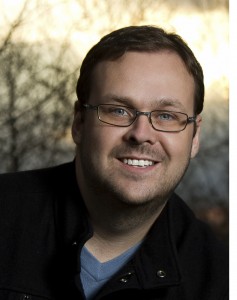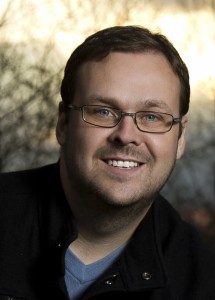 After six thousand years of captivity, the Grigori are free. With time running out, Ira Binyamin leaps into action, amassing a network of allies to wage all-out war against this new yet ancient threat. But as his mentor Aaron warned him long ago, to wage this war he must bear an awesome responsibility, one that will exact a crushing toll on his body, his conscience, and his very soul.
After six thousand years of captivity, the Grigori are free. With time running out, Ira Binyamin leaps into action, amassing a network of allies to wage all-out war against this new yet ancient threat. But as his mentor Aaron warned him long ago, to wage this war he must bear an awesome responsibility, one that will exact a crushing toll on his body, his conscience, and his very soul.
Dispatched by his new masters on a mission to the northernmost reaches of the world, Sherwood Brighton must come to grips with the consequences of his life-altering decision in Shamballa. To find what he’s searching for, he’ll have to look deep within himself and confront the harrowing terror shrouded in the recesses of his own mind.
Opposing forces swirl toward their ultimate confrontation as Ira, Brighton, and those they hold most dear return to the place where it all began… where the worth of humanity will be settled once and for all.
* * *
It goes without saying that it’s a lot harder to finish a project than to start one. Finishing a project when a crowd of people are watching you with their own silent (and sometimes not so silent) expectations is even harder. This is where I find myself now, upon release of my third novel, The Law of Radiance, which also happens to be the concluding volume of The Watchers Chronicle, a story I started telling back in 2011 with my friend and writing partner, Clint Byars. 1,232 pages—and 322,141 words—later, the story is complete. And it’s one that I am immensely proud of.
In 2011, when The Book of Creation came out, I felt ecstatic. How could I not? My first novel was published, right there in print, on the shelf in the bookstore, the fulfillment of a very long dream. But the Watchers Chronicle, really, is a single story, so while the book was out, the whole story was not. Indeed, I wasn’t even a third of the way there (29.9 percent, to be precise). I still had a long way to go. I didn’t even know how many books it would take to finish, which is why I pointedly didn’t call it a trilogy right off the bat.
But here we are, and I can finally say that I’ve completed my first large-scale writing project. If you happen to be one of those people who only likes to start reading a series once the whole shebang is available at once, then have at it. I invite you to dive in!
Along the way, I’ve gotten some favorable reviews. My favorite came from the Winnipeg Free Press, my local newspaper, which wrote: “There is an important difference between someone like Dan Brown and Evan Braun: Braun writes with some literary sophistication.” Depending on what kind of emphasis you place on the word some, that’s great validation!
The Law of Radiance was a much longer and more complex affair than I anticipated at first. Indeed, as late as this past March, I contemplated splitting the book into two separate novels which would have each been approximately equal in length to the first two books in the series. Instead I took the alternate route, trimming down the fat to fit it all into a single book, working on the presumption that editing down is almost always preferable to expanding outward—at least for me. And each time I browse through Radiance, I become more certain that I made the right decision. Even at a smaller word count, it’s still a full third longer than either Book of Creation or City of Darkness. I’m quite sure that every word is earned.
It’s currently available for $3.99 for the Amazon Kindle, the Kobo, and the Nook. Not only that, but the print edition is on the way, hitting stores and catalogs on Thursday, July 9. I’ll be hosting a launch party at McNally Robinson Booksellers at 7:00 p.m. that night—so if you happen to be local to Winnipeg, Manitoba, I hope to see you there.
Excerpts and reviews are available here.
 Evan Braun is an author and editor who has been writing books for more than ten years. He is the author of The Watchers Chronicle, whose third volume, The Law of Radiance, has just been released. He specializes in both hard and soft science fiction and lives in the vicinity of Winnipeg, Manitoba.
Evan Braun is an author and editor who has been writing books for more than ten years. He is the author of The Watchers Chronicle, whose third volume, The Law of Radiance, has just been released. He specializes in both hard and soft science fiction and lives in the vicinity of Winnipeg, Manitoba.
 Evan Braun is an author and editor who has been writing books for the last two decades. He is the author of The Watchers Chronicle, whose third volume, The Law of Radiance, is forthcoming this spring. He specializes in hard science fiction and lives in the vicinity of Winnipeg, Manitoba.
Evan Braun is an author and editor who has been writing books for the last two decades. He is the author of The Watchers Chronicle, whose third volume, The Law of Radiance, is forthcoming this spring. He specializes in hard science fiction and lives in the vicinity of Winnipeg, Manitoba. For the most part, I’m a gardener. And proud of it! If you’ve spent any amount of time in the writing community, you probably know what this means: I explore my story as I go along, finding my way to the ending through a process of trial and error rather than moving through the book strictly according to a preordained outline. I don’t eschew outlining entirely; I do keep fairly detailed outlines of the two or three chapters ahead of wherever I happen to be in the story on a given day. Working this way gives me confidence in the story’s immediate future, but beyond that I admit it can get a little murky. I only have a general idea of how I want the story to resolve while I’m in the midst of it (usually it’s a solid, workable idea, but nonetheless I only work out the details very generally).
For the most part, I’m a gardener. And proud of it! If you’ve spent any amount of time in the writing community, you probably know what this means: I explore my story as I go along, finding my way to the ending through a process of trial and error rather than moving through the book strictly according to a preordained outline. I don’t eschew outlining entirely; I do keep fairly detailed outlines of the two or three chapters ahead of wherever I happen to be in the story on a given day. Working this way gives me confidence in the story’s immediate future, but beyond that I admit it can get a little murky. I only have a general idea of how I want the story to resolve while I’m in the midst of it (usually it’s a solid, workable idea, but nonetheless I only work out the details very generally).